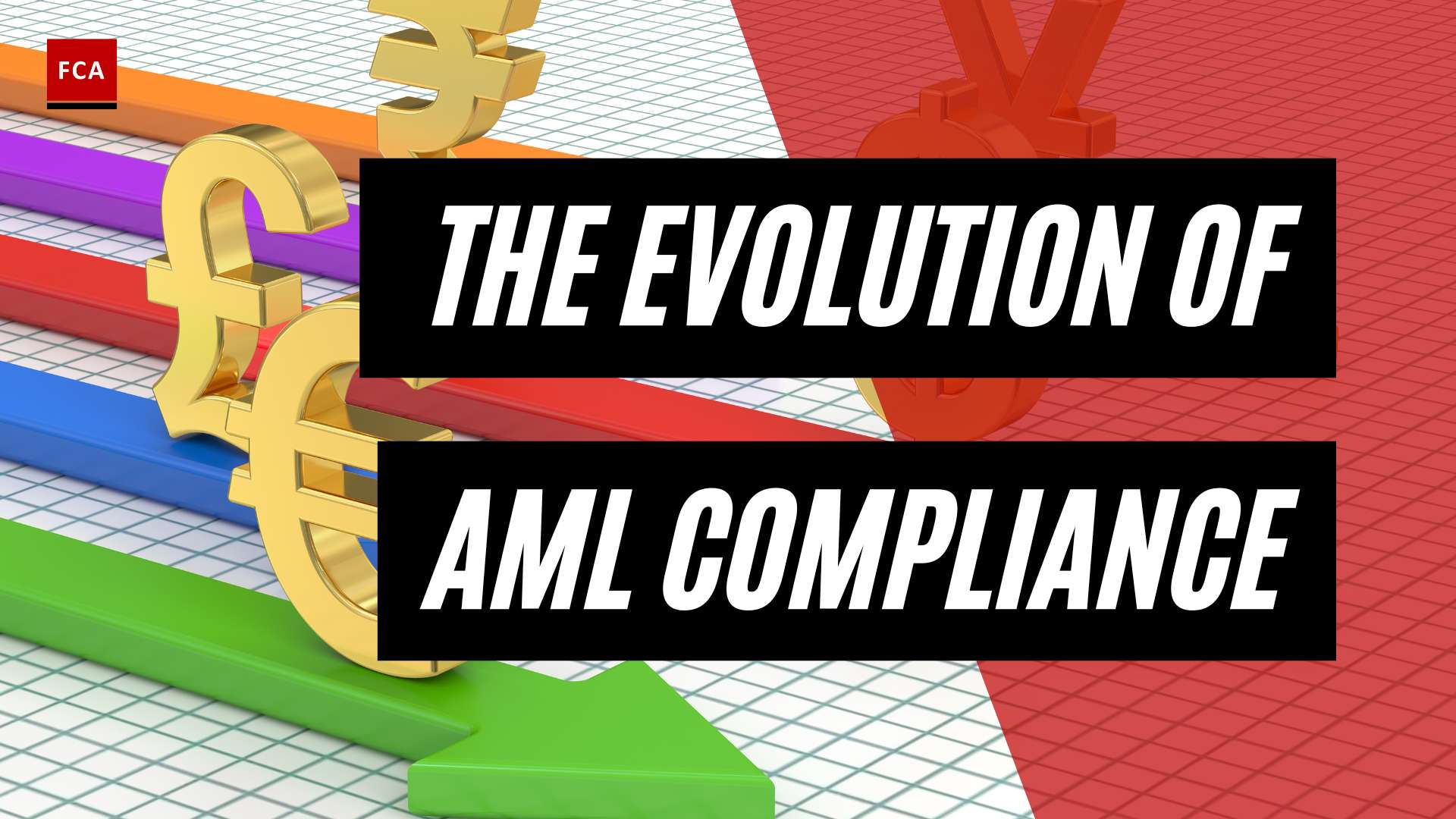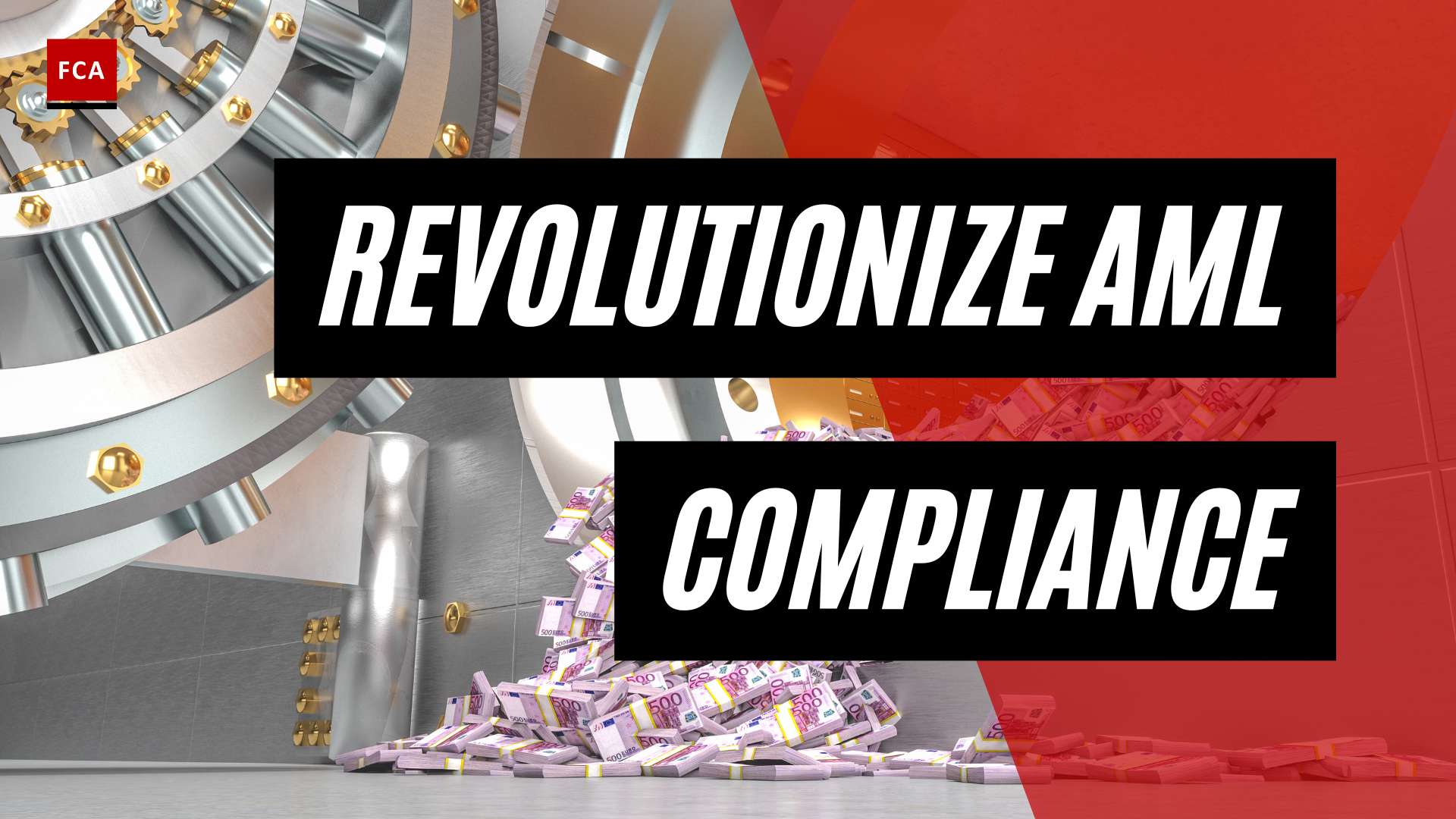Understanding AML Software
Anti-money laundering (AML) software is a tool that helps financial institutions detect and prevent money laundering activities and other financial crimes. This software ensures compliance with regulatory requirements and mitigates the risk of penalties.
Key Features of AML Software
AML software consists of client screening software, transaction screening software, and AML transaction monitoring software. These components serve different purposes in verifying client identities, screening transactions against sanctions lists, and analyzing transaction patterns to detect potential money laundering activities.
Key features of AML software include:
- Customer Due Diligence (CDD): Helps in verifying the identity of customers and assessing their risk profiles.
- Know Your Customer (KYC) Checks: Ensures that clients are not involved in illegal activities or linked to money laundering.
- Transaction Monitoring: Analyzes transaction patterns to detect and alert about suspicious activities.
- Regulatory Reporting: Ensures accurate and timely reporting of suspicious transactions to authorities.
By leveraging advanced technologies like machine learning and artificial intelligence, modern AML software solutions can enhance pattern recognition, anomaly detection, and risk scoring to identify suspicious transactions and patterns that may indicate money laundering or other illicit activities.
Importance of AML Software
AML software is pivotal in helping organizations achieve compliance with anti-money laundering regulations by detecting anomalous activities, reducing false positives, and ensuring accurate reporting of suspicious transactions. This aids in the fight against financial crime and money laundering (Napier).
In addition, AML practitioners face stringent regulatory requirements and constant threats from criminals, making the adoption of AML software crucial for the financial sector to combat money laundering effectively and protect against financial crime.
Implementing a robust AML software solution is crucial for businesses to comply with stringent AML regulations, protect their reputation, and focus on driving business growth in order to safeguard the integrity and stability of the global financial system.
Automated anti-money laundering solutions help regulated businesses comply with regulations and control risks, such as heavy fines for non-compliance and reputational damage from association with crimes like human trafficking. These solutions can be tailored to orchestrate any workflow of checks needed to complete due diligence and meet compliance standards set by regulators, ensuring adaptability to varying AML laws across regions (Moody’s).
For more specific use cases of AML software, you can explore our articles on aml compliance software, aml software for banks, aml kyc software, aml transaction monitoring software, aml monitoring software, aml screening software, aml case management software, and aml reporting software.
AML Software: Market Overview
The market for anti-money laundering software is dynamic and evolving, driven by regulatory changes, advancements in technology, and the needs of various industries to safeguard their operations from financial crimes.
Leading Players in the Market
The anti-money laundering software market is dominated by a number of key players that offer a variety of solutions to help businesses combat financial crimes. Among these, SAS, Fiserv, and Oracle have emerged as leaders, providing a range of solutions such as transaction monitoring, customer identity management, and compliance reporting (G2). These companies have developed robust AML compliance software solutions that facilitate automated processes related to Customer Due Diligence (CDD), Know Your Customer (KYC) checks, transaction monitoring, and suspicious activity reporting.
| Leading Players | Key AML Solutions |
|---|---|
| SAS | Transaction Monitoring, Compliance Reporting |
| Fiserv | Customer Identity Management, Compliance Reporting |
| Oracle | Transaction Monitoring, Customer Identity Management |
Besides these major players, there are numerous other providers offering specialized solutions for specific aspects of anti-money laundering, including AML transaction monitoring software, AML KYC software, and AML case management software.
Forecasted Market Growth
The demand for anti-money laundering software solutions is projected to grow significantly in the coming years. According to a forecast by G2, the global AML software market is expected to reach $3.21 billion by 2025, with a Compound Annual Growth Rate (CAGR) of 16.6% during the forecast period 2020-2025.
| Year | Market Size (in billions) |
|---|---|
| 2020 | $1.38 |
| 2025 | $3.21 |
This growth is driven in part by the increasing use of artificial intelligence (AI) and machine learning technologies in AML software, which enhance the ability of these solutions to analyze vast amounts of data and detect complex money laundering patterns. As these technologies continue to advance, we can expect to see further innovation and growth in the anti-money laundering software market.
Compliance and AML Software
Navigating the complex world of anti-money laundering (AML) compliance can be challenging, especially given the evolving regulatory landscape and the sophisticated tactics employed by criminals. Enter AML software, a powerful tool that can streamline compliance processes and enhance an organization’s ability to detect and prevent financial crime.
Regulatory Requirements for AML
Financial sector regulators globally adhere to the recommendations of the Financial Action Task Force (FATF). These recommendations include the reporting of flagged financial transactions or suspicious activities for further investigation.
In addition to the FATF guidelines, financial institutions are also required to adopt a risk-based approach to combat money laundering and terrorist financing. This includes identifying risks, implementing appropriate measures, conducting customer due diligence, and maintaining customer records for at least five years (Sanction Scanner).
Region-specific regulations also apply. For example, in the European Union, the 6th Anti-Money Laundering Directive (6AMLD) broadens the definition of money laundering, imposes stricter penalties, introduces mandatory central registers for beneficial ownership, enhances cooperation among authorities, and identifies 22 offenses related to money laundering. It applies to various entities like financial institutions, virtual asset service providers, tax advisors, and auditors (Sanction Scanner).
Meanwhile, in the United States, the Bank Secrecy Act requires financial institutions to maintain comprehensive client identity and transaction records. Non-compliance or intentional neglect may lead to penalties of up to $250,000 or imprisonment for a maximum of five years, reflecting the seriousness of anti-money laundering efforts in the US.
AML Software and Compliance
With stringent regulatory requirements and constant threats from criminals, the adoption of AML software is crucial for the financial sector to effectively combat money laundering and protect against financial crime.
AML software aids in several areas of compliance. It helps automate and streamline processes such as customer due diligence, transaction monitoring, and reporting. This not only saves time but also reduces the risk of human error, which can lead to non-compliance and hefty penalties.
Moreover, these applications utilize advanced technologies such as artificial intelligence and machine learning to identify patterns and anomalies that could indicate fraudulent activities. They offer real-time alerts and detailed reports, providing valuable insights that enable swift and effective decision making.
From AML compliance software to AML transaction monitoring software and AML reporting software, there is a wide range of solutions available to help institutions meet their regulatory obligations and mitigate risks.
Choosing the right software, however, requires a thorough understanding of an organization’s specific needs and the regulatory environment in which it operates. A well-chosen AML software solution can transform risk management, providing a robust and reliable defense against financial crime.
AML Software Solutions
As the battle against financial crime intensifies, businesses are increasingly turning to technology to enhance their risk management strategies. In particular, anti-money laundering software has become a cornerstone in ensuring compliance with AML regulations and thwarting illicit activities. This section examines two leading solutions: Napier’s Intelligent Compliance Platform and Sanction Scanner’s AML Solutions.
Napier’s Intelligent Compliance Platform
Napier, a UK-based RegTech company, offers a comprehensive solution for AML compliance through its Intelligent Compliance Platform (Napier). This platform can be seamlessly integrated into any system, providing immediate benefits to businesses in terms of compliance and financial crime risk management.
Napier’s platform is designed to detect anomalous activities, reduce false positives, and ensure accurate reporting of suspicious transactions. This helps organizations achieve compliance with anti-money laundering regulations and aids in the fight against financial crime and money laundering.
As the regulatory landscape becomes more complex, AML practitioners face stringent regulatory requirements and constant threats from criminals. This makes the adoption of AML software crucial for the financial sector to combat money laundering effectively and protect against financial crime.
For more information on the features and benefits of Napier’s Intelligent Compliance Platform, visit our page on aml compliance software.
Sanction Scanner’s AML Solutions
Sanction Scanner provides software solutions for financial institutions to adhere to AML laws and regulations. It offers features like risk assessment, customer due diligence, transaction monitoring, sanctions screening, and regulatory updates. These features streamline AML compliance programs and combat financial crimes effectively.
Sanction Scanner’s AML solutions are designed to enhance the accuracy and efficiency of compliance programs. By automating labor-intensive tasks and leveraging advanced technologies, these solutions minimize human error, reduce operational costs, and bolster defenses against financial crime.
Sanction Scanner’s AML solutions are particularly beneficial for banks and other financial institutions. They provide a comprehensive suite of tools to manage and mitigate AML risks, ensuring that these organizations comply with regulatory requirements and protect their reputation. To learn more about how Sanction Scanner can enhance your AML compliance program, visit our page on aml software for banks.
In conclusion, both Napier and Sanction Scanner offer robust anti-money laundering software solutions. These platforms leverage advanced technology to streamline compliance processes, enhance risk management, and combat financial crime. As the field of AML continues to evolve, these software solutions are poised to play a crucial role in the fight against money laundering.
Advancements in AML Software
The landscape of anti-money laundering software has significantly evolved over the years, with the integration of sophisticated technologies like artificial intelligence (AI) and machine learning. These advancements aim to enhance the efficiency, accuracy, and effectiveness of AML compliance procedures.
Role of AI and Machine Learning
Advanced technologies like AI, machine learning, and data analytics are increasingly being utilized in AML software to automate and streamline processes involved in detecting, monitoring, and reporting suspicious financial activities.
Specifically, AI and machine learning capabilities in modern AML software solutions can enhance pattern recognition, anomaly detection, and risk scoring. This allows for the identification of suspicious transactions and patterns that may indicate money laundering or other illicit activities (Gartner).
For example, AI can be used in AML transaction monitoring software to analyze large volumes of transaction data to identify unusual patterns that might suggest fraudulent activity. Similarly, machine learning can improve AML screening software by learning from previous data and improving its ability to identify potential risks.
Future Trends in AML Technology
Looking forward, the evolution of anti-money laundering software solutions is expected to incorporate even more advanced technologies. This includes natural language processing (NLP), robotic process automation (RPA), and blockchain to strengthen fraud detection mechanisms and boost overall operational efficiency in combating financial crimes (Gartner).
For instance, NLP can enhance AML compliance software by automating the analysis of text-based data such as customer communications or regulatory documents. On the other hand, blockchain technology can enhance the transparency and security of financial transactions, making it easier to trace and identify potential money-laundering activities.
Moreover, AML software is also expected to continue automating processes related to Customer Due Diligence (CDD), Know Your Customer (KYC) checks, transaction monitoring, and suspicious activity reporting. This will increase efficiency and accuracy, and help regulated businesses comply with regulations and control risks, such as heavy fines for non-compliance and reputational damage from association with crimes like human trafficking (Moody’s).
These advancements in anti-money laundering software solutions signal a future where compliance procedures are more streamlined, accurate, and efficient. By staying informed about these trends, professionals in risk management, compliance, and anti-financial crime can better prepare for the future of AML compliance.
Implementing AML Software
Implementing Anti-Money Laundering (AML) software is a transformative step for businesses, particularly financial institutions, in managing risk and ensuring regulatory compliance. This section will explore the benefits of adopting AML software and provide guidance on choosing the right solution.
Benefits of AML Software Adoption
Adopting AML software offers numerous benefits to businesses operating in the financial sector. These automated solutions assist in compliance with AML regulations, reducing the risk of heavy fines and reputational damage associated with non-compliance.
One of the key benefits of AML software is the ability to automate the customer due diligence process, which includes transaction monitoring, customer risk profiling, and suspicious activity reporting. By automating these processes, businesses can reduce the manual effort required, improve the overall customer and staff experience, and increase operational efficiency.
Another significant advantage of implementing AML software is the reduction of false positives, which are time-consuming and can create operational challenges. Tailor-made monitoring programs that align with a business’s unique structure can significantly reduce false positives, thereby streamlining control processes and meeting e-money partners’ requirements (Sanction Scanner).
Moreover, AML software provides transparency in decision-making for auditors and senior management, enabling businesses to identify areas for improvement and future efficiencies.
Choosing the Right AML Software
When choosing an AML software solution, businesses should consider several factors to ensure the chosen software meets their specific needs and regulatory requirements.
Effective AML software should be capable of integrating with various data sources to enhance monitoring capabilities, such as customer transaction history, negative news screening, and politically exposed persons lists.
Additionally, businesses should consider the software’s ability to tailor to their unique risk policy and automate the verification process for customers. This includes the software’s capability for creating risk profiles to assess potential threats to the business.
Lastly, businesses should consider the software’s adaptability to varying AML laws across regions, especially for businesses operating in multiple countries. A flexible and adaptable AML software solution can ensure compliance with global regulations and accommodate changes in AML laws.
Explore our range of AML software solutions to find the one that best suits your business needs. Whether it’s AML compliance software, AML software for banks, AML KYC software, or AML transaction monitoring software, we have a solution to support your business’s compliance and risk management efforts.








